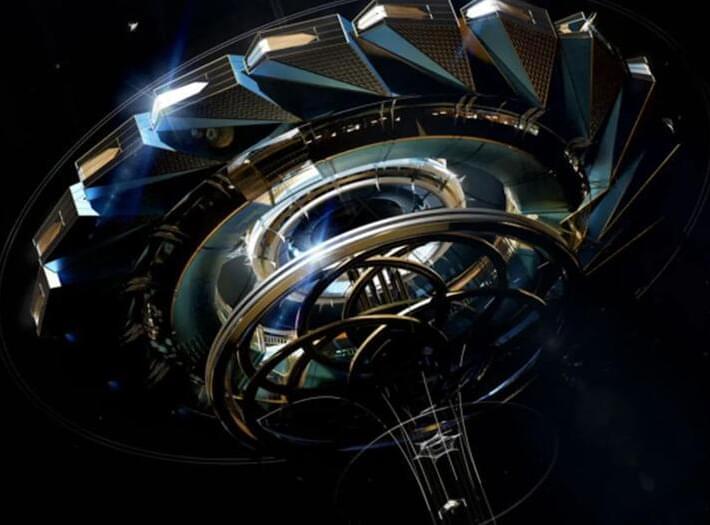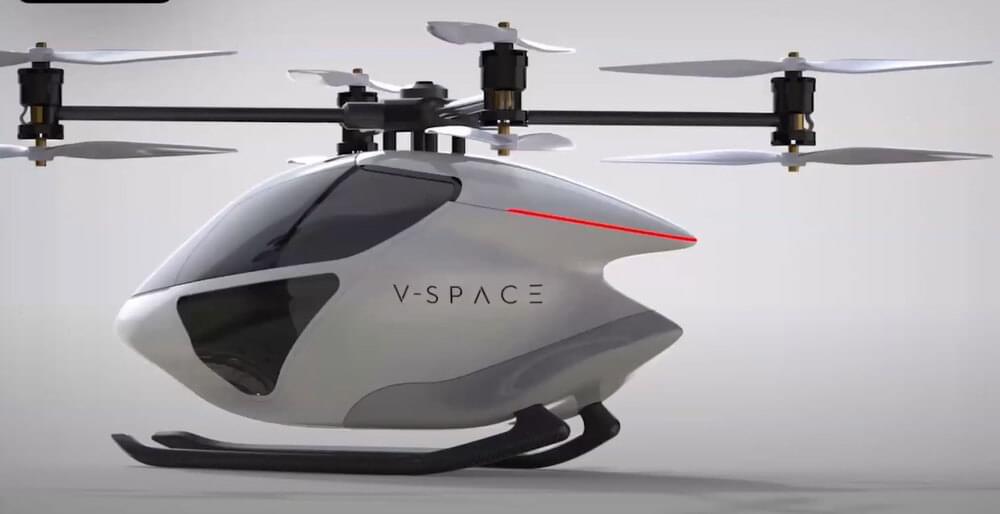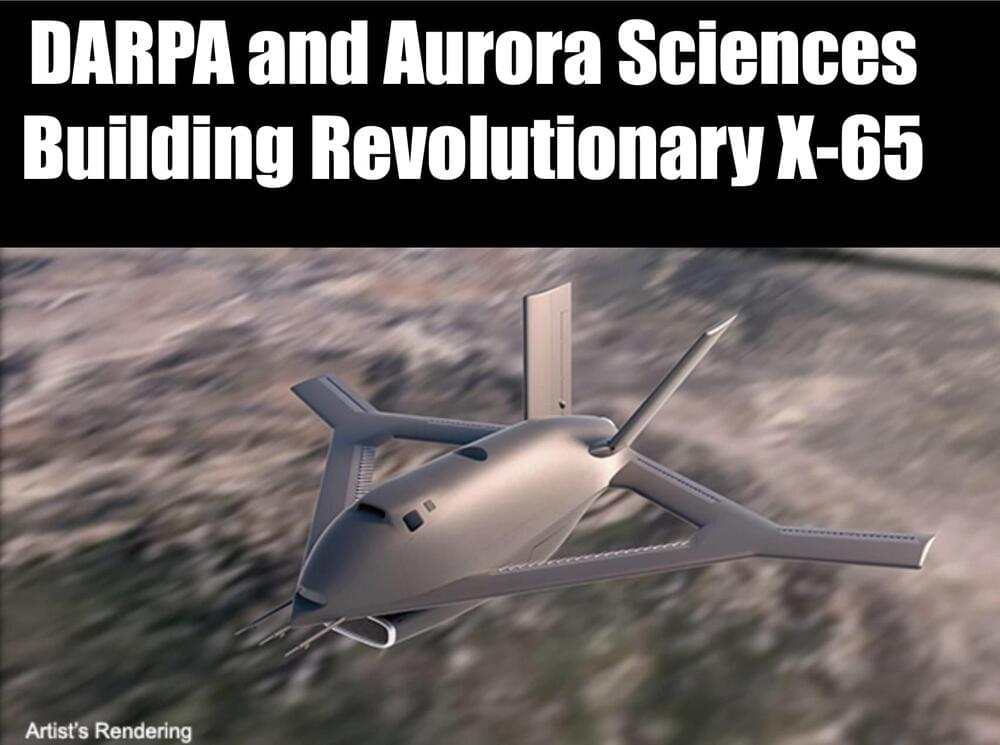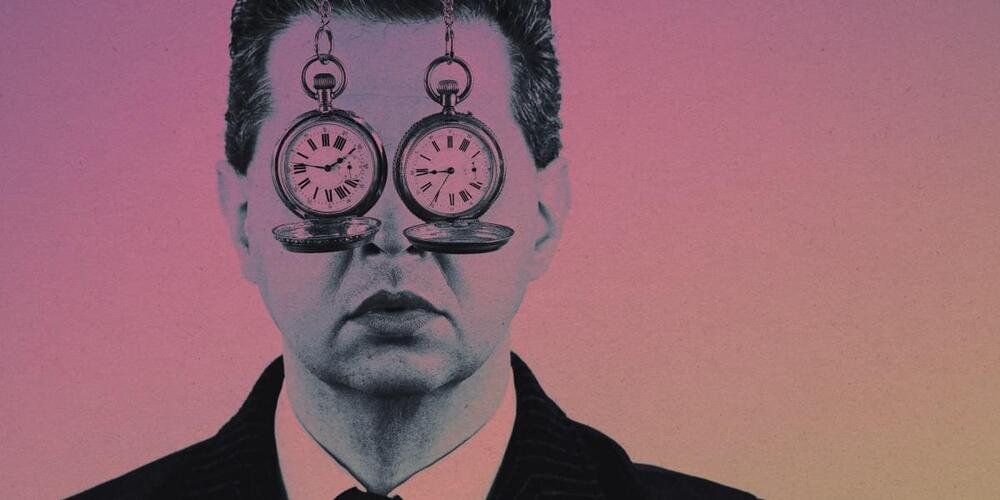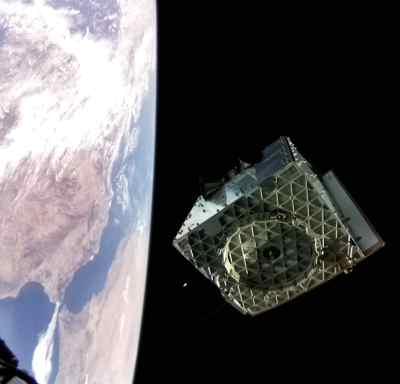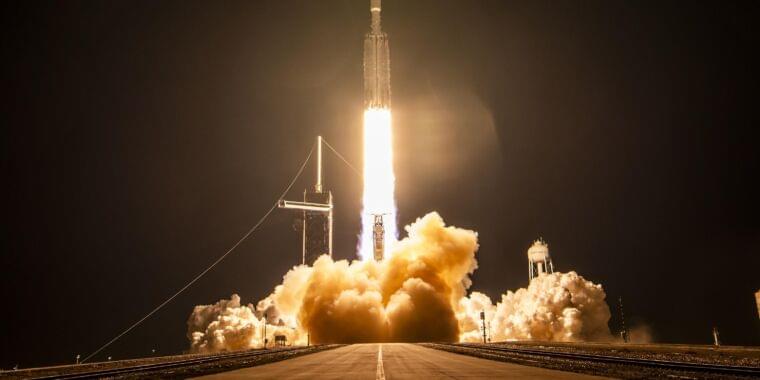A spectacular design for a space elevator, with the goal of efficiently transporting passengers into outer space, has been awarded a $11,000 prize.
As the BBC reports, British architect Jordan William Hughes won the prize for space architecture and innovation from the Jacques Rougerie Foundation in Paris.
His concept, dubbed Ascensio, connects an ocean-based ship to a structure in Earth’s orbit via a cable-like structure. The ship is designed to keep up with the spaceport by moving around the ocean.
